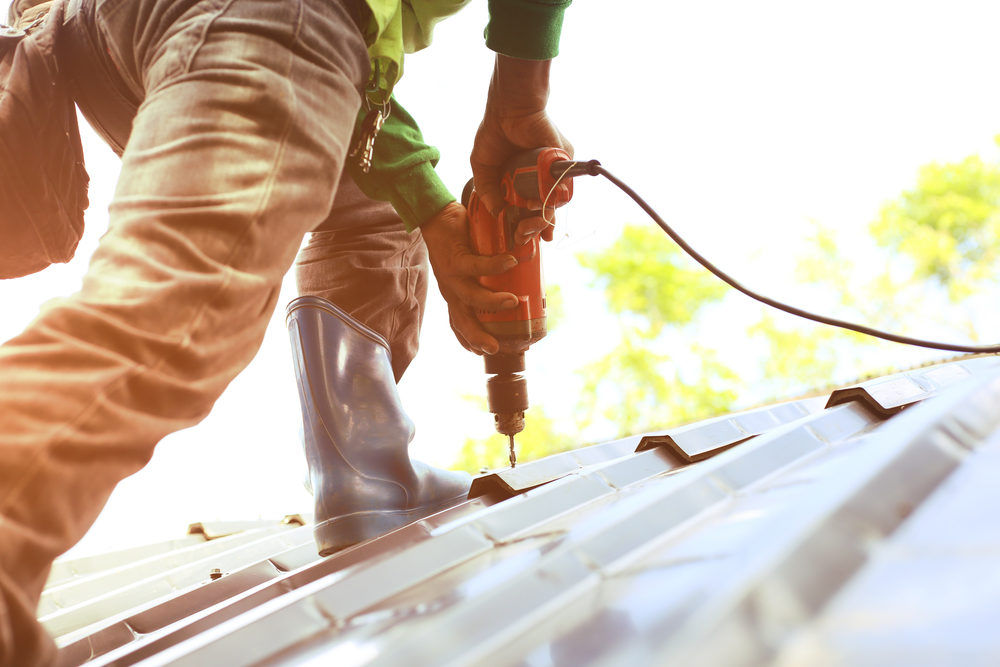
Personal Injury from Construction – What to Know in Texas. As more people and businesses relocate to Texas, the state is rapidly expanding and has taken on an increasing number of construction projects. Road repair and reconstruction, house development construction, and commercial building have all increased rapidly in the past few years–with no signs of slowing down any time soon. In August 2020, the Texas Transportation Commission passed the 2021 Unified Transportation Program which allocates more than $74 billion to about 8,000 planned transportation projects, which will be in various states of development for the next ten years.
It’s not uncommon to see cranes, construction crews, and large trucks hauling away debris in and around cities in Texas. But when the construction companies behind these projects don’t take the proper steps to ensure safety around their sites and equipment, both construction workers and civilians can be seriously injured.
Crane Collapse – More Common than you Think
One of the most commonly used pieces of construction equipment is the hydraulic crane, which is efficiently designed to lift heavy loads of steel and iron to staggering heights when constructing new buildings. To be able to balance their loads, hydraulic cranes on average weigh in at a whopping 67,527 lbs! Operating this machine requires a strict set of safety rules and a lot of preparation. Cranes can’t move too fast, lift too much, or operate without being properly secured, otherwise, there’s a tremendous risk of crane collapse. This nightmare scenario occurred in Dallas just three years ago.
In June 2019, a construction crane collapsed onto and destroyed an apartment building on McKinney Avenue in downtown Dallas. The crane had fallen during a period of high winds and the incident resulted in one death and five injuries, while also rendering the apartment building completely uninhabitable. While the previous tenants were able to move out and find other accommodations, much of their belongings and the personal property remained in the building.
In an investigation following the accident, the Occupational Safety and Health Administration (OSHA) discovered that the company that owned the crane, Bigge Crane and Rigging Co., had been flagged for 17 safety violations spanning over the past decade. The particular crane in use that day was supposed to be able to withstand winds of 95 MPH, but had fallen in recorded winds of 75-80 MPH.
A formal settlement was initiated by OSHA in October 2019 to hold Bigge Crane and Rigging Co. responsible for their negligence. This is just one example of many construction-related accidents that can occur when construction companies do not take the correct measures to secure their equipment. OSHA has fined the crane’s owner, Bigge Crane and Rigging Co. citing serious violations.
The citation does not list the cause of the collapse, but a sudden wind storm at the time had been blamed. OSHA cited two serious violations, and issued a penalty of $26,520 to the Bigge Crane and Rigging on Dec. 6. OSHA has not cited the project’s contractor, Greystar Development and Construction LP.
The Legal Aspect
A claimant may file for financial compensation for property damage and personal injury damage resulting from negligent construction. We’ll cover the basics of personal injury in this blog post, as property damage resulting from negligent construction may involve contract law analysis and investigation. In cases of personal injury, there is an inherent risk associated with construction work so it’s important to determine whether there were any OSHA violations at the time of the incident, or whether the construction site was properly identified with signs and markers. Additionally, if safety precautions were not followed by the construction worker or if the equipment was not used correctly and the worker gets injured as a result, the total compensation the worker is eligible for may decrease.
The key metric to determine eligibility in cases such as these is whether the claimant was injured while operating “reasonably,” whether they are a worker or a civilian. In most cases, any reasonable person will follow the instructions given to them by their construction managers when working on a site or will follow signs and avoid high-risk areas when near a construction site. But as we saw in the case with the crane, sometimes damage is unavoidable.
Sustaining injuries such as electrocution due to faulty wiring, slip and fall due to improperly laid flooring tiles, or injuries resulting from vehicular accidents due to poorly maintained construction sites may entitle you to financial compensation. If you ever find yourself needing legal assistance after getting injured due to negligent construction, give the Dr. Shezad Malik Law Offices a call at 214-390-3189 and we’ll get you started on your road to peace of mind and fair compensation.

Shezad Malik is an Internal Medicine and Cardiology specialist, a Texas Medical Doctor (retired) and Defective Medical Device and Dangerous Drug Attorney. Dr. Shezad Malik Law Firm has offices based in Fort Worth and Dallas and represents people who have suffered catastrophic and serious personal injuries including wrongful death, caused by the negligence or recklessness of others.










Comments for this article are closed.